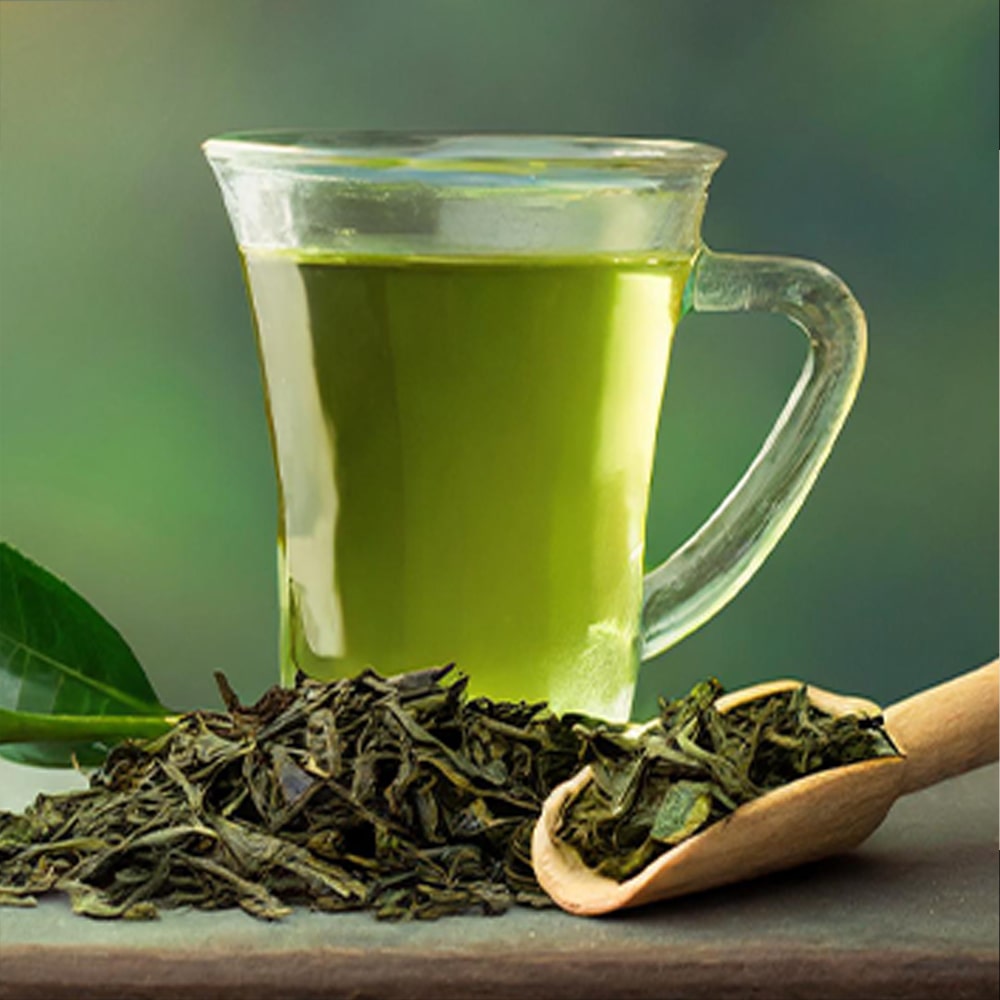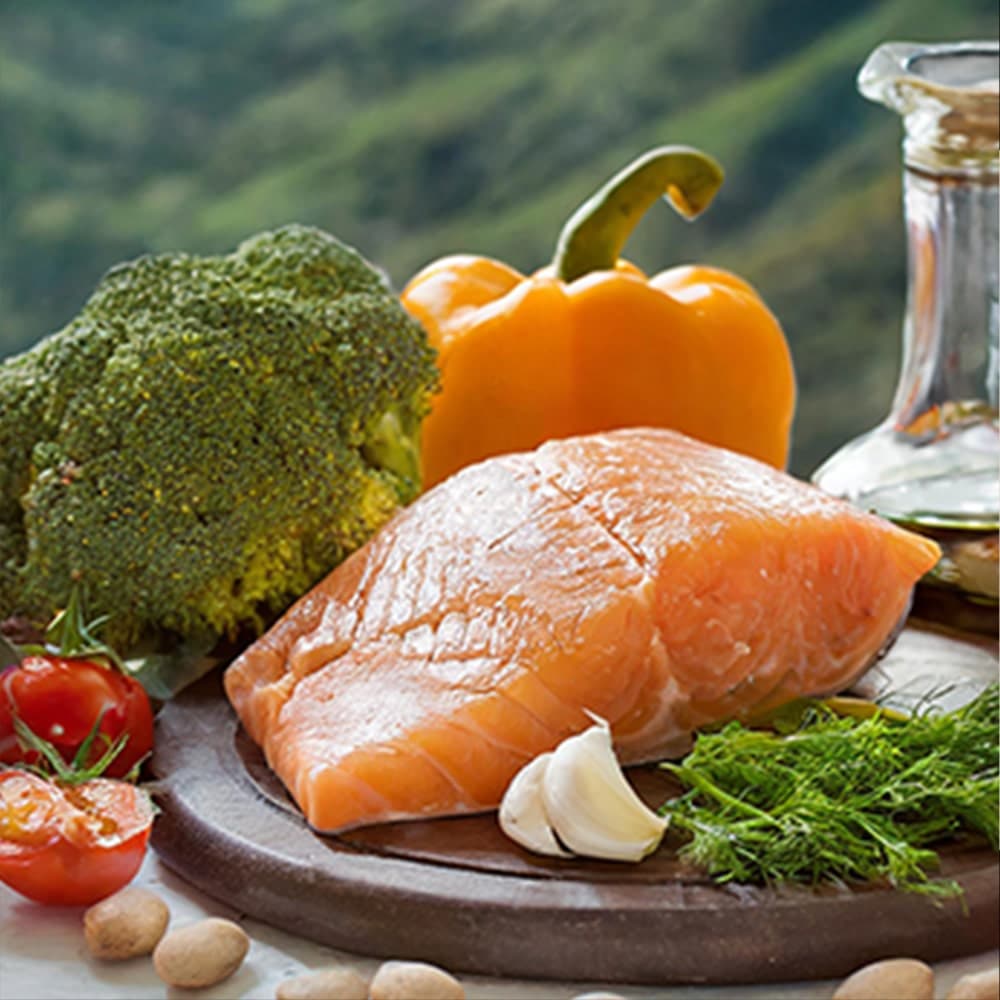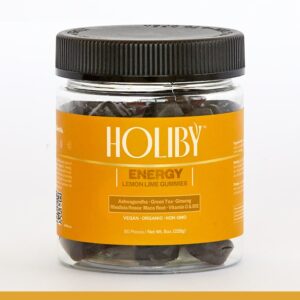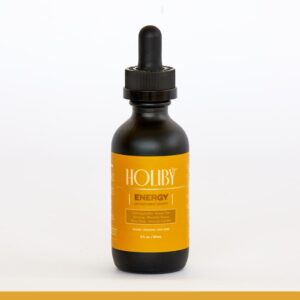Energy
Naturally boost physical
endurance, strength, and stamina

Getting adequate sleep, eating a healthy and balanced diet, and exercising regularly are the best ways to maintain energy levels throughout the day.
Healthy habits and a balanced diet are fundamental for our cells to maintain a constant supply of energy to preserve biological order in the body¹. However, sometimes these processes may slow down, leading to fatigue, especially when balancing the ever-growing demands of everyday life.
Fatigue is a symptom resulting from the weakening or depletion of our physical and mental resources. These could include micronutrient deficiencies, such as vitamins or minerals necessary for mitochondrial functioning, or mental strains related to emotional distress, depression, burnout, or lack of sleep². In some cases, dietary supplements may be beneficial to reduce occasional fatigue in situations where daily requirements cannot be met through food alone, or when you need an extra boost to get through the day.
Holiby™ Energy products
Featuring a blend of ingredients like Ashwagandha, American ginseng, Rhodiola Rosea, Maca Root, Vitamin C, Green Tea Extracts, and Vitamin B12—are designed to help ease fatigue, especially on stressful days.
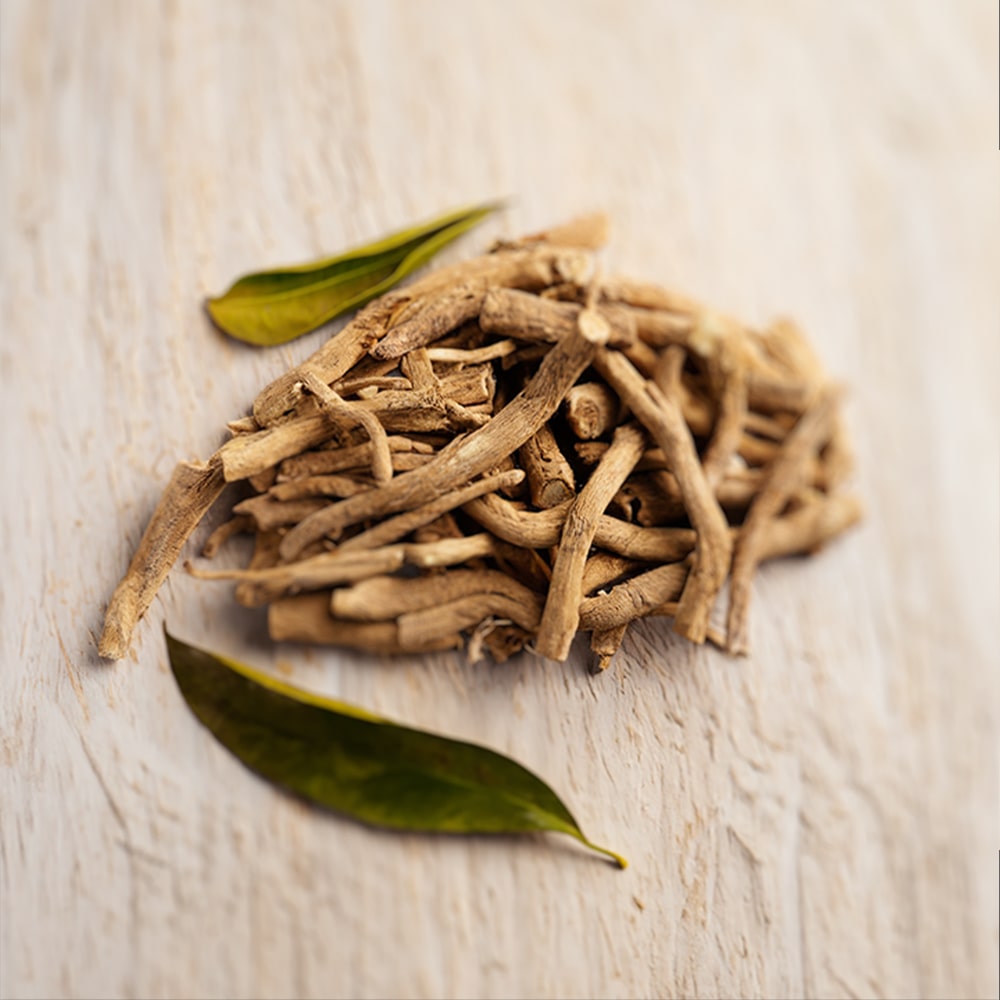
Ashwagandha
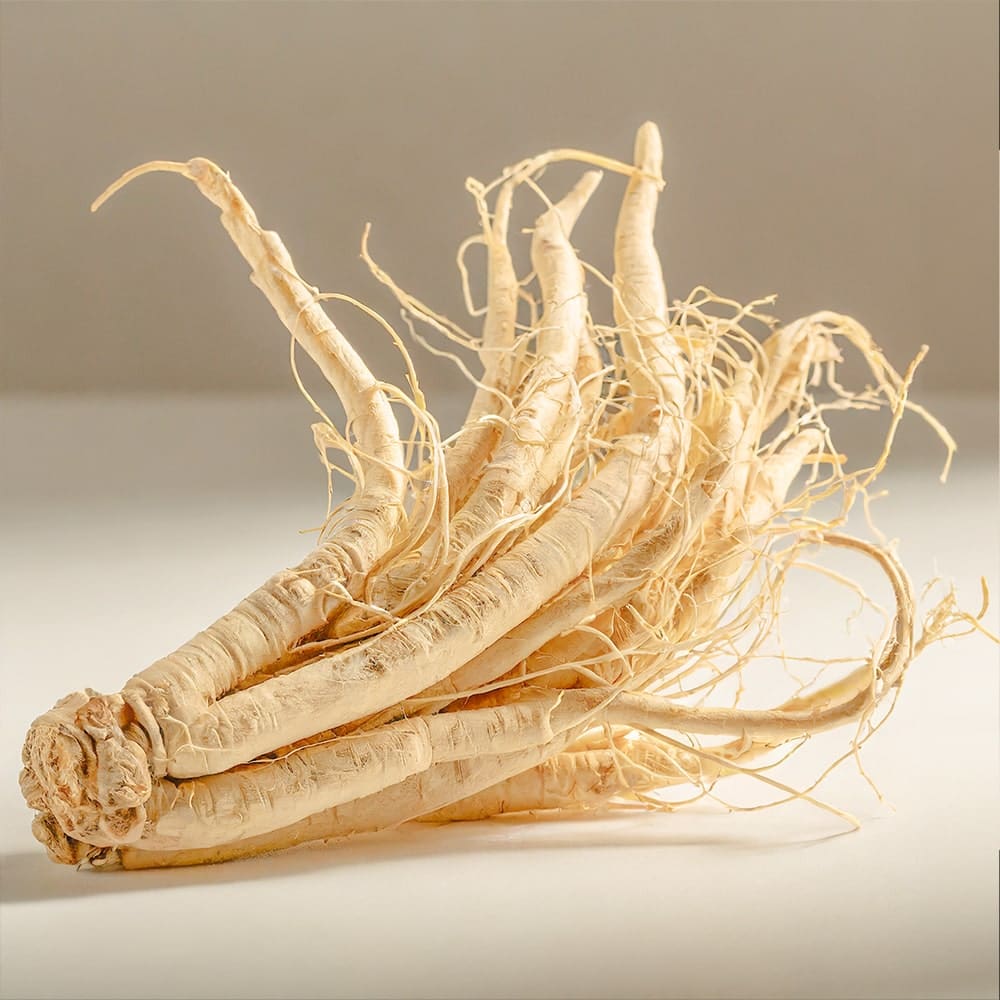
American Ginseng

Rhodiola Rosea
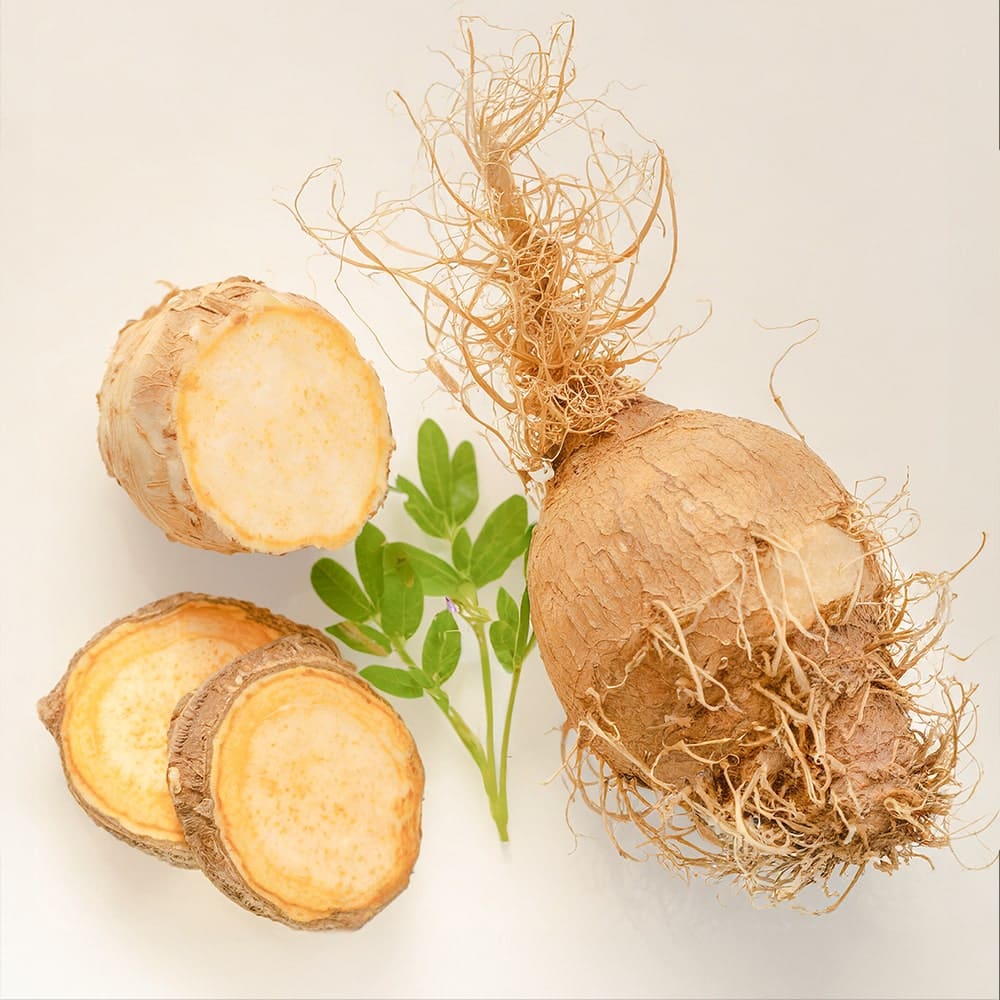
Maca Root
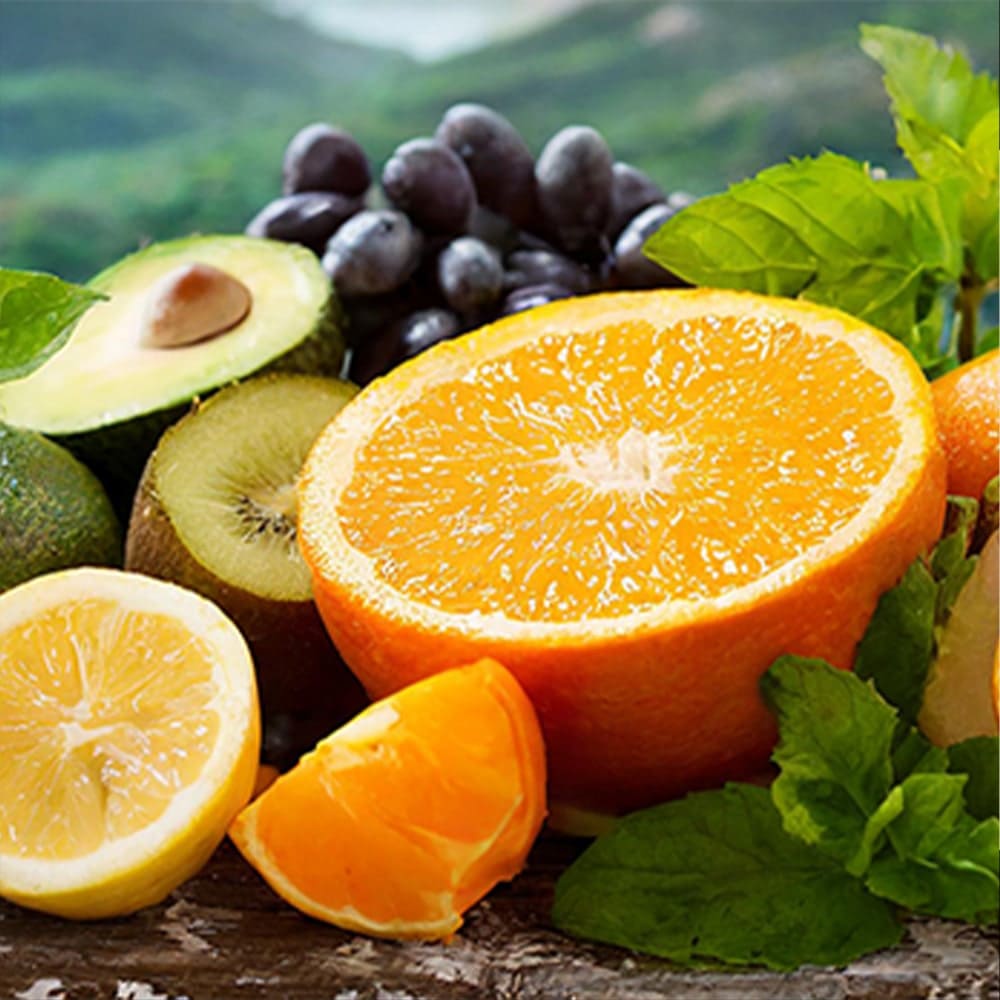
Vitamin C
How to Use It, and Who Would Benefit?
For best results, take your Energy Gummies in the morning to avoid sleep disruptions. Taking them after meals may also aid digestion and reduce stomach discomfort.
For Energy Drops, shake well before each use. Take 2 full droppers (2ml) once or twice daily, directly or in your favorite drink, for a quick energy boost. Morning use is recommended to avoid sleep disruptions.
Holiby’s Energy Supplements are ideal for active adults seeking natural energy support for busy days. Perfect for professionals, students, athletes, or anyone needing help with occasional fatigue, they also support overall vitality and help manage physical and mental stress.
Why It Stands Out?

Meet our Scientist:
Maria Alejandra Tangarife
Relevant expertise:
- Alberts B, Johnson A, Lewis J, et al. Molecular Biology of the Cell. 4th edition. New York: Garland Science; 2002. How Cells Obtain Energy from Food. Available from: https://www.ncbi.nlm.nih.gov/books/NBK26882/
- https://www.sciencedirect.com
- Mikulska, P., Malinowska, M., Ignacyk, M., Szustowski, P., Nowak, J., Pesta, K., Szeląg, M., Szklanny, D., Judasz, E., Kaczmarek, G., Ejiohuo, O. P., Paczkowska-Walendowska, M., Gościniak, A., & Cielecka-Piontek, J. (2023). Ashwagandha (Withania somnifera)-Current Research on the Health-Promoting Activities: A Narrative Review. Pharmaceutics, 15(4), 1057. https://doi.org/10.3390/pharmaceutics15041057
- Lopresti, A. L., Smith, S. J., Malvi, H., & Kodgule, R. (2019). An investigation into the stress-relieving and pharmacological actions of an ashwagandha (Withania somnifera) extract: A randomized, double-blind, placebo-controlled study. Medicine, 98(37), e17186. https://doi.org/10.1097/MD.0000000000017186
- Salve, J., Pate, S., Debnath, K., & Langade, D. (2019). Adaptogenic and Anxiolytic Effects of Ashwagandha Root Extract in Healthy Adults: A Double-blind, Randomized, Placebo-controlled Clinical Study. Cureus, 11(12), e6466. https://doi.org/10.7759/cureus.6466
- Xing, D., Yoo, C., Gonzalez, D., Jenkins, V., Nottingham, K., Dickerson, B., Leonard, M., Ko, J., Faries, M., Kephart, W., Purpura, M., Jäger, R., Sowinski, R., Rasmussen, C. J., & Kreider, R. B. (2022). Effects of Acute Ashwagandha Ingestion on Cognitive Function. International journal of environmental research and public health, 19(19), 11852. https://doi.org/10.3390/ijerph191911852
- Wankhede, S., Langade, D., Joshi, K., Sinha, S. R., & Bhattacharyya, S. (2015). Examining the effect of Withania somnifera supplementation on muscle strength and recovery: a randomized controlled trial. Journal of the International Society of Sports Nutrition, 12, 43. https://doi.org/10.1186/s12970-015-0104-9
- Shenoy, S., Chaskar, U., Sandhu, J. S., & Paadhi, M. M. (2012). Effects of eight-week supplementation of Ashwagandha on cardiorespiratory endurance in elite Indian cyclists. Journal of Ayurveda and integrative medicine, 3(4), 209–214. https://doi.org/10.4103/0975-9476.104444
- Park, J. Y., Song, M. W., Kim, K. T., & Paik, H. D. (2022). Improved Antioxidative, Anti-Inflammatory, and Antimelanogenic Effects of Fermented Hydroponic Ginseng with Bacillus Strains. Antioxidants (Basel, Switzerland), 11(10), 1848. https://doi.org/10.3390/antiox11101848
- Lin, C. H., Lin, Y. A., Chen, S. L., Hsu, M. C., & Hsu, C. C. (2021). American Ginseng Attenuates Eccentric Exercise-Induced Muscle Damage via the Modulation of Lipid Peroxidation and Inflammatory Adaptation in Males. Nutrients, 14(1), 78. https://doi.org/10.3390/nu14010078
- Barton, D. L., Liu, H., Dakhil, S. R., Linquist, B., Sloan, J. A., Nichols, C. R., McGinn, T. W., Stella, P. J., Seeger, G. R., Sood, A., & Loprinzi, C. L. (2013). Wisconsin Ginseng (Panax quinquefolius) to improve cancer-related fatigue: a randomized, double-blind trial, N07C2. Journal of the National Cancer Institute, 105(16), 1230–1238. https://doi.org/10.1093/jnci/djt181
- Ivanova Stojcheva, E., & Quintela, J. C. (2022). The Effectiveness of Rhodiola rosea L. Preparations in Alleviating Various Aspects of Life-Stress Symptoms and Stress-Induced Conditions-Encouraging Clinical Evidence. Molecules (Basel, Switzerland), 27(12), 3902. https://doi.org/10.3390/molecules27123902
- van Diermen, D., Marston, A., Bravo, J., Reist, M., Carrupt, P. A., & Hostettmann, K. (2009). Monoamine oxidase inhibition by Rhodiola rosea L. roots. Journal of ethnopharmacology, 122(2), 397–401. https://doi.org/10.1016/j.jep.2009.01.007
- Amsterdam, J. D., & Panossian, A. G. (2016). Rhodiola rosea L. as a putative botanical antidepressant. Phytomedicine : international journal of phytotherapy and phytopharmacology, 23(7), 770–783. https://doi.org/10.1016/j.phymed.2016.02.009
- Chiang, H. M., Chen, H. C., Wu, C. S., Wu, P. Y., & Wen, K. C. (2015). Rhodiola plants: Chemistry and biological activity. Journal of food and drug analysis, 23(3), 359–369. https://doi.org/10.1016/j.jfda.2015.04.007
- Lu, Y., Deng, B., Xu, L., Liu, H., Song, Y., & Lin, F. (2022). Effects of Rhodiola Rosea Supplementation on Exercise and Sport: A Systematic Review. Frontiers in nutrition, 9, 856287. https://doi.org/10.3389/fnut.2022.856287
- Pilozzi, A., Carro, C., & Huang, X. (2020). Roles of β-Endorphin in Stress, Behavior, Neuroinflammation, and Brain Energy Metabolism. International journal of molecular sciences, 22(1), 338. https://doi.org/10.3390/ijms22010338
- Gonzales, G. F., Gonzales, C., & Gonzales-Castañeda, C. (2009). Lepidium meyenii (Maca): a plant from the highlands of Peru–from tradition to science. Forschende Komplementarmedizin (2006), 16(6), 373–380. https://doi.org/10.1159/000264618
- Gonzales, G. F., Córdova, A., Vega, K., Chung, A., Villena, A., Góñez, C., & Castillo, S. (2002). Effect of Lepidium meyenii (MACA) on sexual desire and its absent relationship with serum testosterone levels in adult healthy men. Andrologia, 34(6), 367–372. https://doi.org/10.1046/j.1439-0272.2002.00519.x
- Gonzales, G. F., Córdova, A., Vega, K., Chung, A., Villena, A., & Góñez, C. (2003). Effect of Lepidium meyenii (Maca), a root with aphrodisiac and fertility-enhancing properties, on serum reproductive hormone levels in adult healthy men. The Journal of endocrinology, 176(1), 163–168. https://doi.org/10.1677/joe.0.1760163
- Gonzales, G. F., Córdova, A., Vega, K., Chung, A., Villena, A., & Góñez, C. (2003). Effect of Lepidium meyenii (Maca), a root with aphrodisiac and fertility-enhancing properties, on serum reproductive hormone levels in adult healthy men. The Journal of endocrinology, 176(1), 163–168. https://doi.org/10.1677/joe.0.1760163
- Padayatty, S. J., & Levine, M. (2016). Vitamin C: the known and the unknown and Goldilocks. Oral diseases, 22(6), 463–493. https://doi.org/10.1111/odi.12446
- Zamani, M., Kelishadi, M. R., Ashtary-Larky, D., Amirani, N., Goudarzi, K., Torki, I. A., Bagheri, R., Ghanavati, M., & Asbaghi, O. (2023). The effects of green tea supplementation on cardiovascular risk factors: A systematic review and meta-analysis. Frontiers in nutrition, 9, 1084455. https://doi.org/10.3389/fnut.2022.1084455
- Frei, B., & Higdon, J. V. (2003). Antioxidant activity of tea polyphenols in vivo: evidence from animal studies. The Journal of nutrition, 133(10), 3275S–84S. https://doi.org/10.1093/jn/133.10.3275S
- Nantz, M. P., Rowe, C. A., Bukowski, J. F., & Percival, S. S. (2009). Standardized capsule of Camellia sinensis lowers cardiovascular risk factors in a randomized, double-blind, placebo-controlled study. Nutrition (Burbank, Los Angeles County, Calif.), 25(2), 147–154. https://doi.org/10.1016/j.nut.2008.07.018
- Calderón-Ospina, C. A., & Nava-Mesa, M. O. (2020). B Vitamins in the nervous system: Current knowledge of the biochemical modes of action and synergies of thiamine, pyridoxine, and cobalamin. CNS neuroscience & therapeutics, 26(1), 5–13. https://doi.org/10.1111/cns.13207
- Koury, M. J., & Ponka, P. (2004). New insights into erythropoiesis: the roles of folate, vitamin B12, and iron. Annual review of nutrition, 24, 105–131. https://doi.org/10.1146/annurev.nutr.24.012003.132306
- Adamo A. M. (2014). Nutritional factors and aging in demyelinating diseases. Genes & nutrition, 9(1), 360. https://doi.org/10.1007/s12263-013-0360-8
- Gröber, U., Kisters, K., & Schmidt, J. (2013). Neuroenhancement with vitamin B12-underestimated neurological significance. Nutrients, 5(12), 5031–5045. https://doi.org/10.3390/nu5125031
- Halczuk, K., Kaźmierczak-Barańska, J., Karwowski, B. T., Karmańska, A., & Cieślak, M. (2023). Vitamin B12-Multifaceted In Vivo Functions and In Vitro Applications. Nutrients, 15(12), 2734. https://doi.org/10.3390/nu15122734
- Valentová, K., Stejskal, D., Bartek, J., Dvorácková, S., Kren, V., Ulrichová, J., & Simánek, V. (2008). Maca (Lepidium meyenii) and yacon (Smallanthus sonchifolius) in combination with silymarin as food supplements: in vivo safety assessment. Food and chemical toxicology : an international journal published for the British Industrial Biological Research Association, 46(3), 1006–1013. https://doi.org/10.1016/j.fct.2007.10.031
- Philips, C. A., Valsan, A., Theruvath, A. H., Ravindran, R., Oommen, T. T., Rajesh, S., Bishnu, S., Augustine, P., & Liver Research Club India (2023). Ashwagandha-induced liver injury-A case series from India and literature review. Hepatology communications, 7(10), e0270. https://doi.org/10.1097/HC9.0000000000000270
- Patel, S. S., Beer, S., Kearney, D. L., Phillips, G., & Carter, B. A. (2013). Green tea extract: a potential cause of acute liver failure. World journal of gastroenterology, 19(31), 5174–5177. https://doi.org/10.3748/wjg.v19.i31.5174
- Gannon, J. M., Forrest, P. E., & Roy Chengappa, K. N. (2014). Subtle changes in thyroid indices during a placebo-controlled study of an extract of Withania somnifera in persons with bipolar disorder. Journal of Ayurveda and integrative medicine, 5(4), 241–245. https://doi.org/10.4103/0975-9476.146566
- Hayashi, M., Hamada, H., Azuma, S. I., & Hayashi, K. (2024). Painless Thyroiditis by Withania somnifera (Ashwagandha). Cureus, 16(3), e55352. https://doi.org/10.7759/cureus.55352
